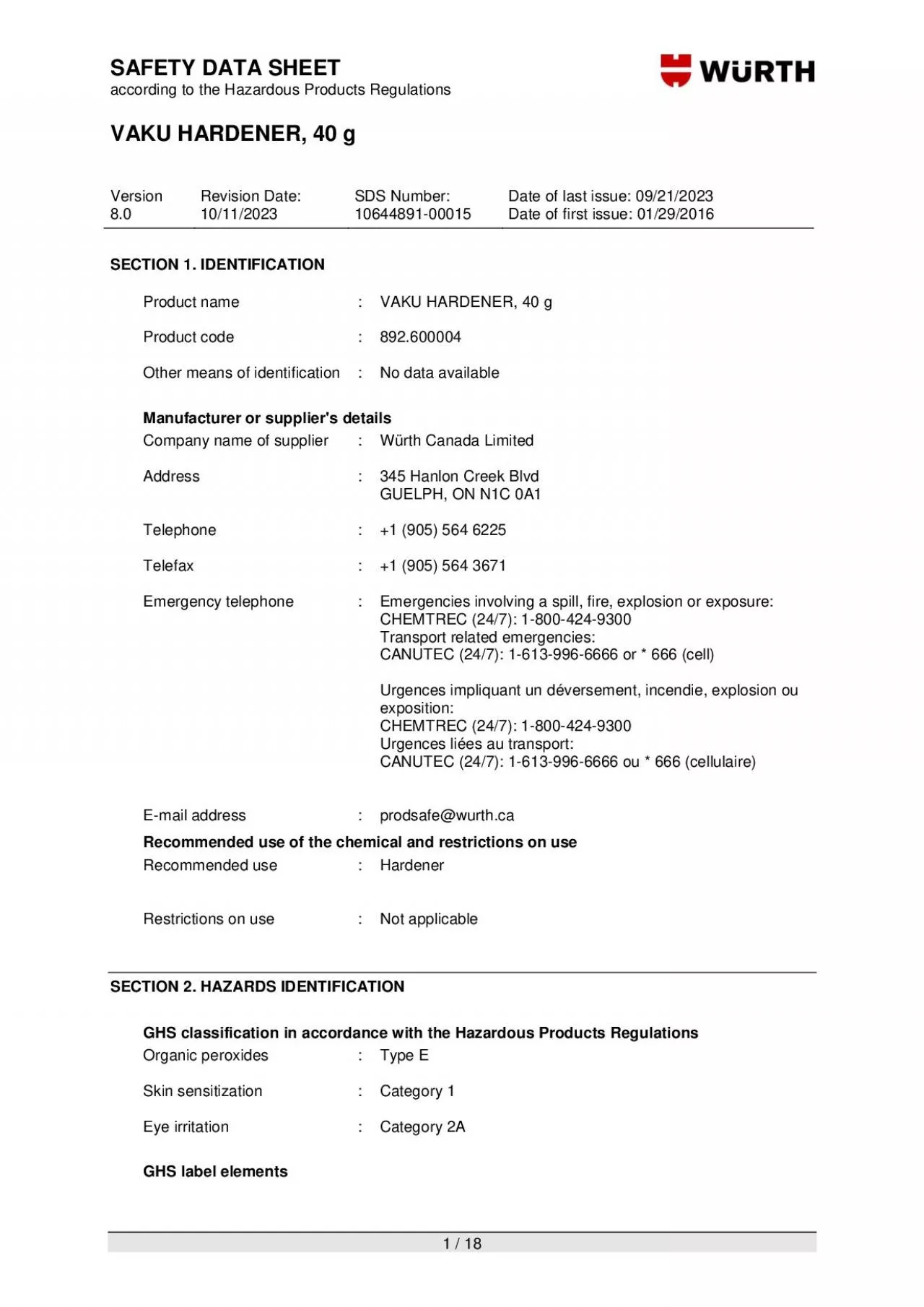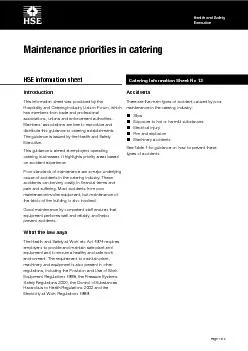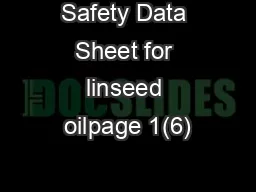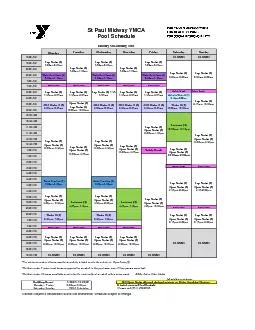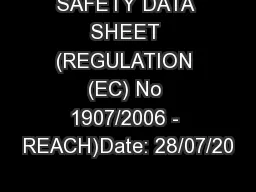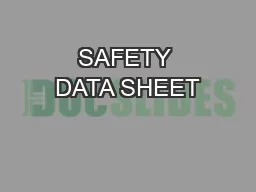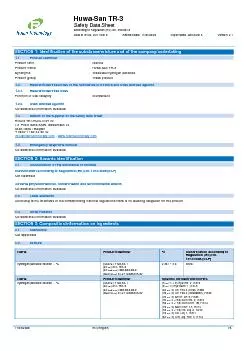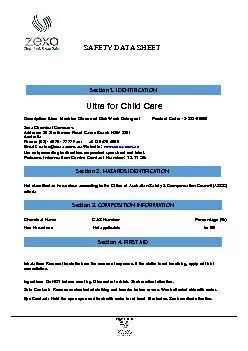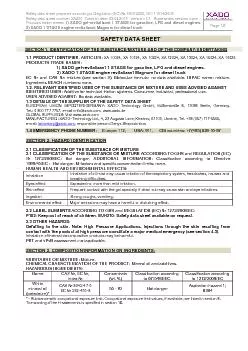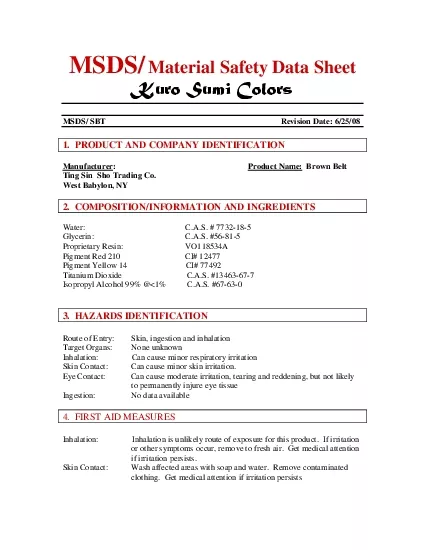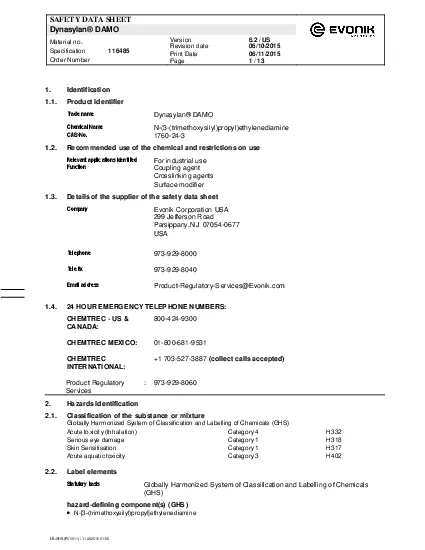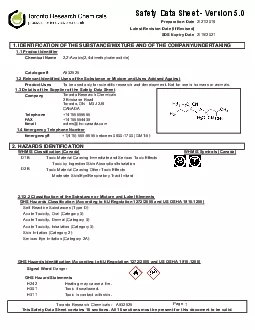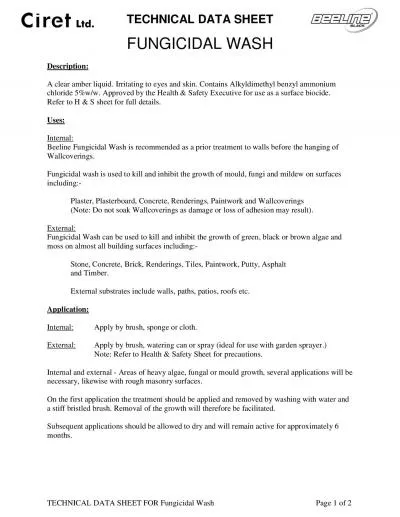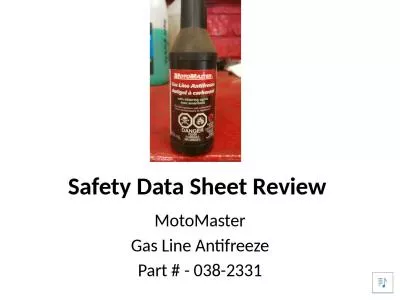PDF-SAFETY DATA SHEET
Author : angelina | Published Date : 2021-06-14
VAKU HARDENER 40 g Version 5 6 Revision Date 11272020 SDS Number 492667 00006 Date of last issue 11042020 Date of first issue 01292016 1 17 SECTION 1 IDENTIFICATION Product
Presentation Embed Code
Download Presentation
Download Presentation The PPT/PDF document "SAFETY DATA SHEET" is the property of its rightful owner. Permission is granted to download and print the materials on this website for personal, non-commercial use only, and to display it on your personal computer provided you do not modify the materials and that you retain all copyright notices contained in the materials. By downloading content from our website, you accept the terms of this agreement.
SAFETY DATA SHEET: Transcript
Download Rules Of Document
"SAFETY DATA SHEET"The content belongs to its owner. You may download and print it for personal use, without modification, and keep all copyright notices. By downloading, you agree to these terms.
Related Documents

